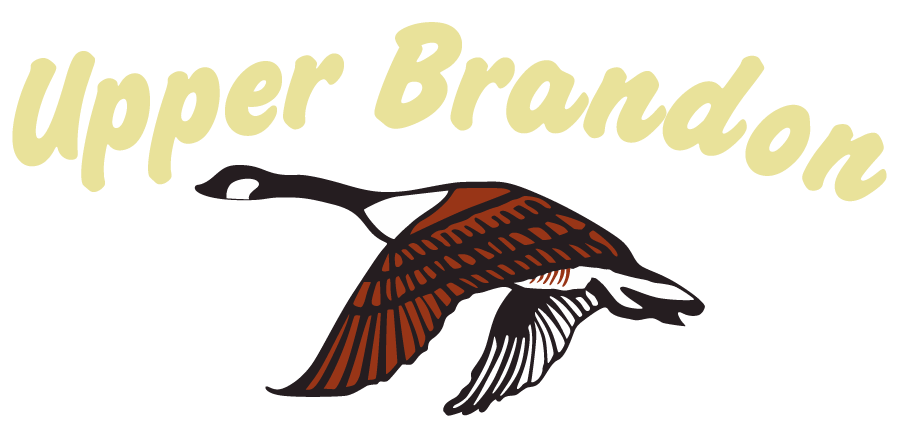In 1616, John Martin, one of the founders of Jamestown, received the original landgrant from the King of England for 5000 acres that would be named the lands of Brandon.
By many accounts, he had been farming the lands since 1611, prior to the official landgrant from the King. John Martin remained on the cutting edge of agricultural practices and shared his continual farming practices at Brandon with many in the Colony of Virginia. In 1712, the lands, still continuously farmed, were purchased by Benjamin Harrison II and upon his death, the lands passed to his son, Benjamin Harrison III. Upon the death of Benjamin Harrison III in 1807, the land was divided between his two sons.
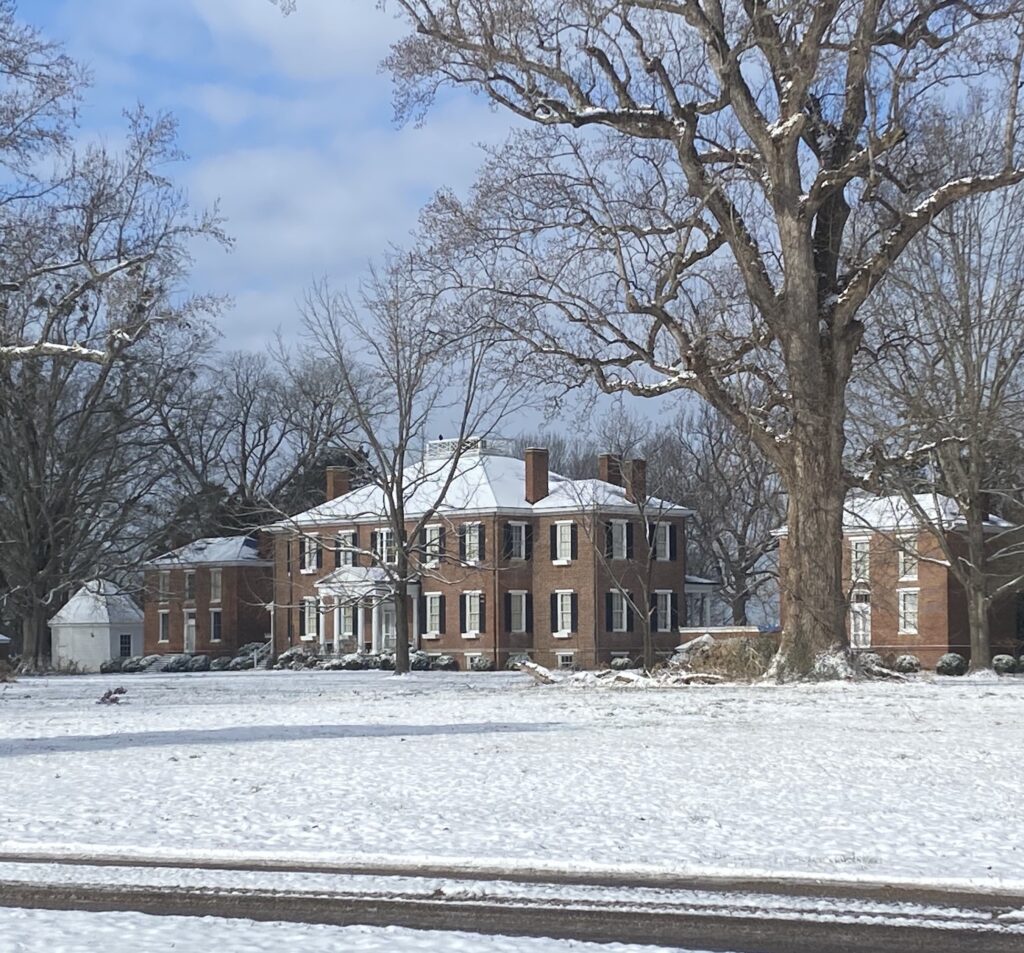
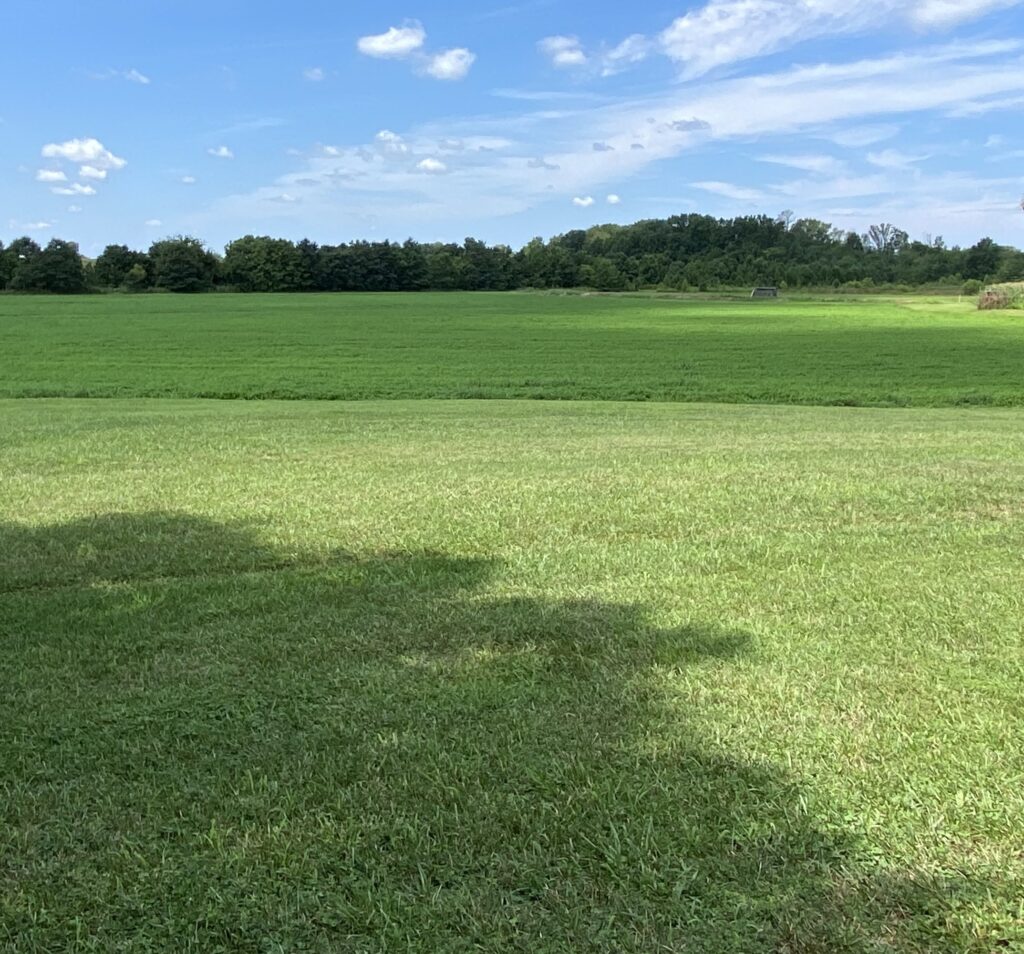
William Byrd Harrison became the owner of the lands we now call Upper Brandon while his brother inherited the manor and half of the land associated with what became known as Brandon (although sometimes referred to as Lower Brandon). William Byrd Harrison completed construction of the manor house at Upper Brandon in 1825, married, and raised his family at Upper Brandon until the outbreak of the Civil War. Although Mr. Harrison did not return to Upper Brandon to live after the Civil War, he continuously cultivated the fields, always pioneering the latest agricultural practices. At his death in 1870, the farm was purchased by his nephew, George Harrison Byrd. Without ever an interruption in farming, Upper Brandon passed from the last of the Harrison descendants, Francis Otway Byrd, in 1948.
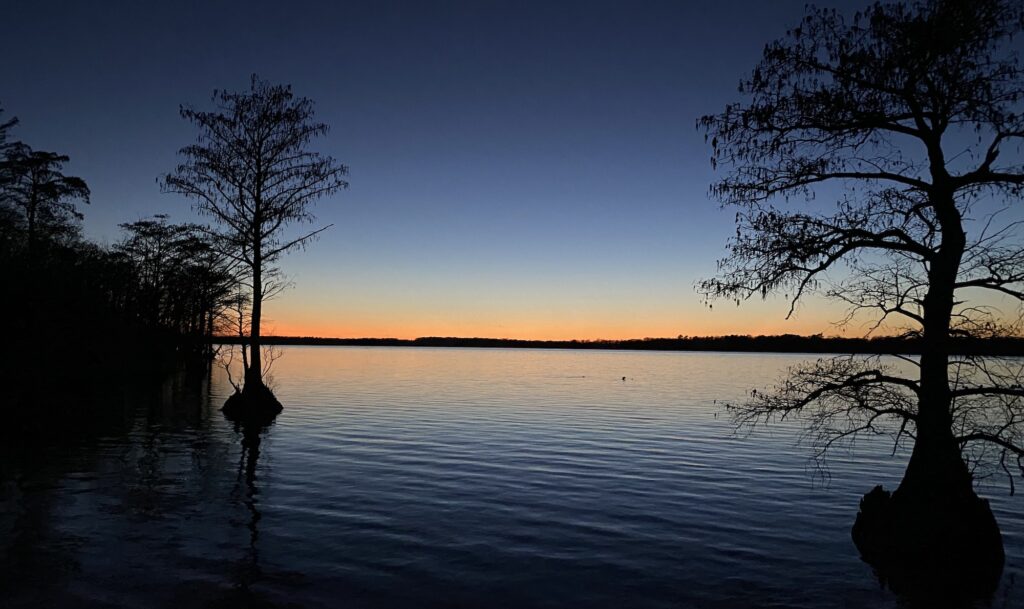
It was purchased by Harry C. Thompson of Hopewell who performed many structural repairs to the manor house during his family’s residence there until 1961. Again, without any interruption to farming, the farm was sold to Curles Neck Farm and the manor house ceased to be occupied. In 1984, James River Corporation purchased Upper Brandon in its entirety and continued the farming operation. The manor house was restored to its pre-war splendor and James River Corporation embarked on an era of introducing cutting edge conservation practices while continuing to farm the land. They protected the vast majority of the farm in one of the first conservation easements in the Commonwealth of Virginia. James River Corp also drew upon the land’s rich waterfowl resources and improved habitat and waterfowl conservation through a series of impoundments and waterfowl sanctuaries that were constructed, providing the latest in plant and flood practices. Upper Brandon became a model of waterfowl management on the Atlantic Flyway. James River Corporation dutifully managed and expanded the infrastructure at Upper Brandon, restoring the gardens, improving the grounds, restoring other historic structures, and constructing two lodges still in use today. Through a land acquisition, they increased the acreage of Upper Brandon to its present-day status of approximately 2200 acres.
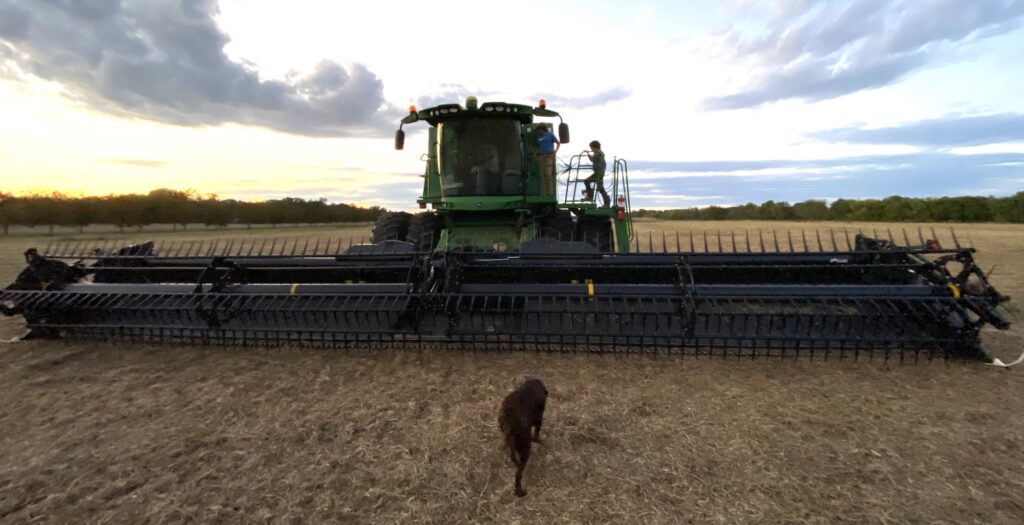
In 1996, Upper Brandon changed hands once again while the farming never ceased. Upper Brandon was owned and managed by a partnership based in Richmond, Va. In 2011, that partnership sold Upper Brandon to the Justice Companies, who, at the time, were heavily invested in farming up and down the east coast. The Justice Companies improved and expanded the significant grain elevator and drying system at Upper Brandon and continued to farm the 990 acres of tillable land. In 2022, 201 years after the start of construction of Upper Brandon’s mansion, Upper Brandon changed hands once again. A new partnership based in Richmond, VA purchased the farm to continue the legacy of history, farming, and conservation at Upper Brandon. Throughout its entire history since Martin began farming in 1611 followed by the official landgrant in 1616, the Brandon lands, including Upper Brandon, have been continuously farmed without interruption. By many historical accounts, Upper Brandon is the longest continually farmed piece of property in the United States of America.
